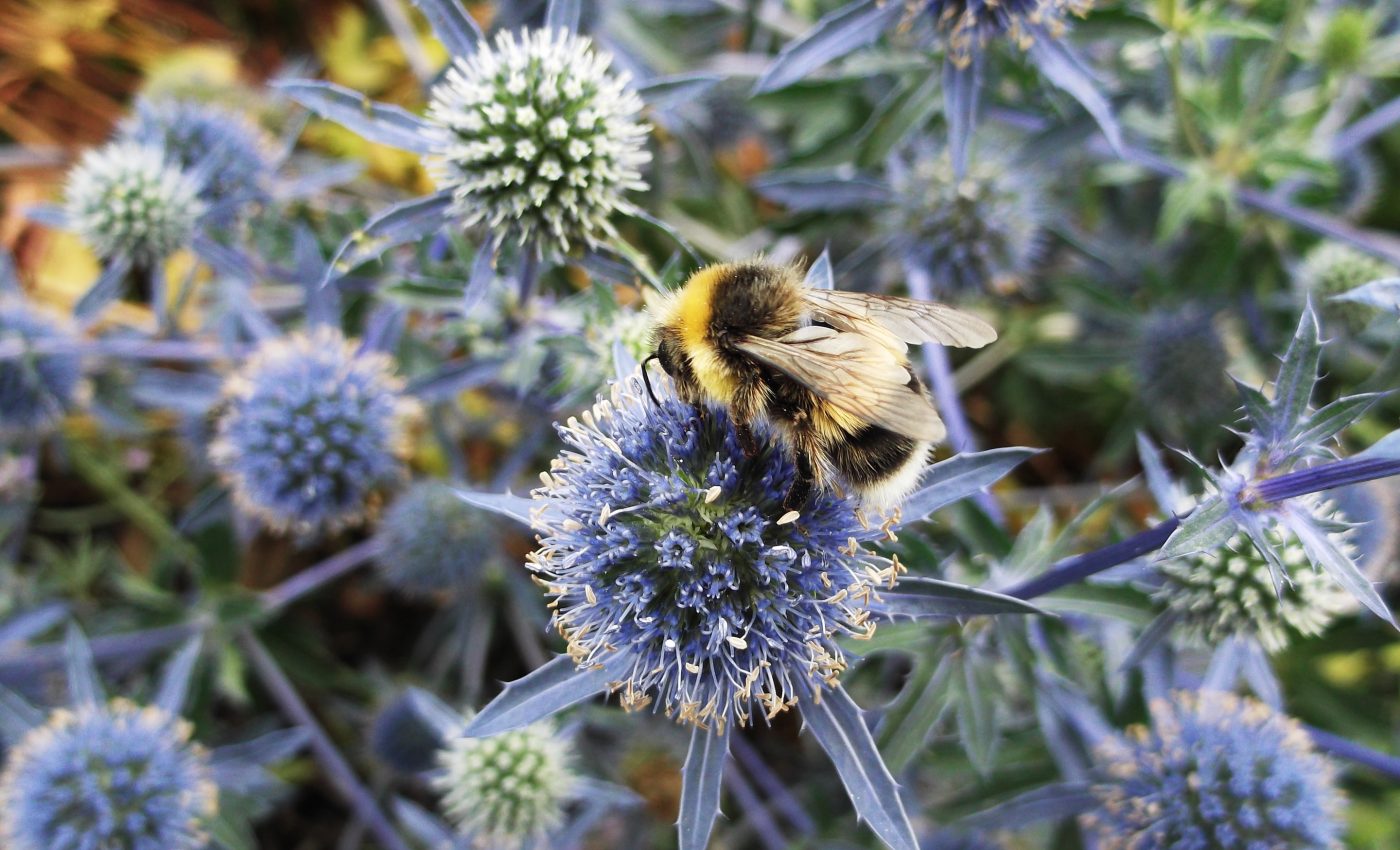
Better city greenspace management could help struggling pollinators
Bees are not the world’s only disappearing pollinators.
Essential pollinators like butterflies, honey bees, bats, and hummingbirds all face an increasing number of threats including habitat loss, climate change, and disease which are impacting biodiversity and populations.
Without pollinators, the world’s food supply would suffer and ecosystems would quickly collapse.
The use of pesticides and other pest deterrents on crops and habitat loss due to agricultural operations have put a great deal of pressure on pollinators to find other sources of food and plants to pollinate.
But now, a new study had found that community and residential gardens could offer a lifeline to pollinators and could help efforts to conserve and protect pollinating insects.
The research was conducted by researchers from several academic institutions across the United Kingdom and published in the journal Nature Ecology. The study is the first of its kind to consider cities as a whole and their potential impacts on pollinator conservation.
According to the research, both residential gardens and community gardens benefit pollinators, and the researcher found that plants like lavender, dandelions, and thistles attract pollinators and serve as important food sources.
The researchers also developed a way to measure pollinator “robustness” to help identify which communities of pollinators are most at risk of population declines and which pollinators are more adaptable to environmental changes.
Robustness is a way to measure how well a community responds to species loss. Some pollinator communities can adapt to losing certain species, but other communities are more fragile.
Having a measurement of community robustness for pollinators will help with conservation efforts and identify which pollinators need the most attention and management.
“Rather than simply asking about how management affects the number of pollinator species or their abundance, we also ask how potential strategies affect the ability of pollinators to cope with species losses associated with environmental change,” said Jane Memmott, a member of the research team. “A good management intervention leads to more sustainable communities.”
Overall, the researchers found that gardens in cities could help sustain pollinator populations and the study offers several recommendations for managing urban and residential greenspaces to best benefit pollinators.
Some of the team’s suggestions include managing public greenspaces to specifically benefit pollinators, increasing the number of community gardens, and planting pollinator-friendly plants like lavender that will attract more pollinating insects.
“By understanding the impact of each urban land use on pollinators, whether it’s gardens, allotments, road verges or parks, we can make cities better places for pollinators,” said Katherine Baldock, the lead researcher for the study.
—
By Kay Vandette, Earth.com Staff Writer
Paid for by Earth.com
Image Credit: Nadine Mitschunas













